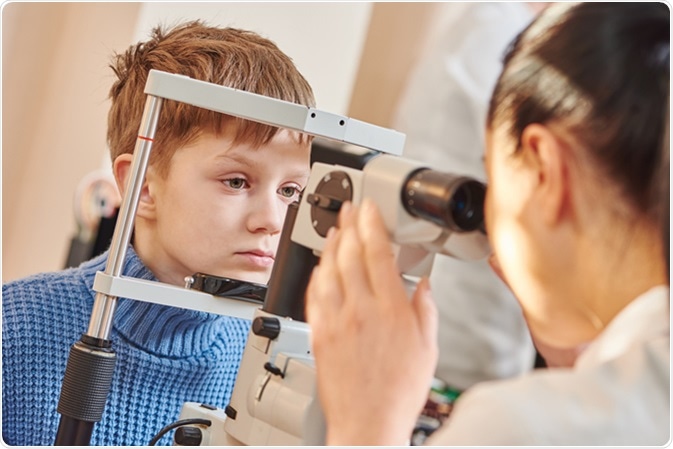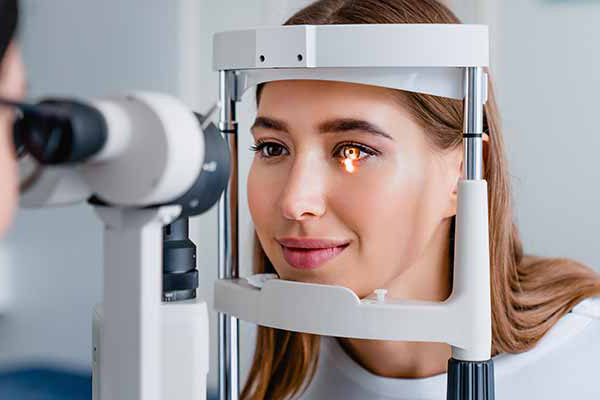Andalusia Eye Doctors: Professional Ophthalmologists in Your Area
Andalusia Eye Doctors: Professional Ophthalmologists in Your Area
Blog Article
The Pros and Disadvantages of Different Refractive Surgical Procedures for Boosted Eyecare

LASIK Surgery
LASIK surgical procedure is a commonly carried out refractive procedure that aims to remedy vision problems such as nearsightedness, farsightedness, and astigmatism. During the procedure, a slim flap is developed on the cornea, and a laser is utilized to reshape the underlying tissue, remedying the refractive mistake.
One of the main benefits of LASIK surgical procedure is the fast enhancement in vision experienced by many people. A lot of people see a significant enhancement in their sight soon after the procedure, with marginal downtime needed for healing. Additionally, LASIK is known for its high success price and low occurrence of difficulties when done by experienced specialists. Like any type of medical treatment, LASIK likewise brings some risks, consisting of completely dry eyes, glare, halos, and under or overcorrection of vision. It is necessary for individuals thinking about LASIK surgical treatment to undergo a complete evaluation by an eye care expert to identify if they appropriate prospects for the treatment.
PRK Procedure
The PRK treatment, also recognized as Photorefractive Keratectomy, is a type of refractive surgical procedure that intends to remedy vision concerns comparable to LASIK surgical procedure. Unlike LASIK, which includes creating a flap in the cornea, PRK works on the surface layer of the cornea.
One of the benefits of PRK over LASIK is that it gets rid of the threat of flap-related problems given that no flap is produced throughout the surgical treatment. Regardless of the longer recuperation duration, PRK can be a suitable alternative for individuals seeking vision improvement surgical treatment.
SMILE Surgical Procedure
A cutting-edge refractive surgery technique obtaining popularity in the field of ophthalmology is SMILE Surgical treatment. Small Cut Lenticule Extraction (SMILE) is a minimally intrusive treatment that remedies vision by improving the cornea utilizing a femtosecond laser. Unlike standard LASIK surgery, SMILE Surgical procedure includes developing a tiny incision in the cornea to remove a lenticule, which causes less disruption to the corneal framework and potentially quicker recovery times.
Among the key benefits of SMILE Surgical procedure is its capability to deal with nearsightedness (nearsightedness) and astigmatism with high accuracy, leading to exceptional visual outcomes for individuals. The minimally intrusive nature of the treatment likewise decreases the threat of issues such as completely dry eye disorder, making it a beneficial alternative for individuals looking for refractive surgical treatment.

LASEK Method
Having actually checked out the advantages and factors to consider of SMILE Surgery, an additional notable refractive surgery method worth analyzing is the LASEK Method. LASEK, which stands for Laser-Assisted Subepithelial Keratectomy, is a type of laser eye surgery that intends to correct refractive mistakes such as myopia (nearsightedness), hyperopia (farsightedness), and astigmatism.
Unlike LASIK, LASEK does not include creating a corneal flap. Rather, throughout a LASEK procedure, the surgeon uses a diluted alcohol option to loosen up the slim outer layer of the cornea, referred to as the epithelium. This layer is after that carefully relocated apart to allow the laser to reshape the underlying corneal cells. Once the cornea has actually been reshaped to the wanted degree, the epithelial layer is rearranged.
One of the main advantages of LASEK is that it can be suitable for people with slim corneas who may not be excellent prospects for LASIK. Furthermore, LASEK commonly causes marginal post-operative discomfort and a quicker recovery time compared to PRK. The visual healing procedure with LASEK might be a little longer than with LASIK.
Implantable Get In Touch With Lenses
Implantable Call Lenses supply a long-lasting vision modification remedy for individuals seeking a choice to conventional call lenses or glasses. These lenses, additionally called phakic intraocular lenses, are operatively placed right into the eye to correct refractive mistakes such as myopia (nearsightedness), hyperopia (farsightedness), and astigmatism. neurologist Andalusia. Unlike standard call lenses that rest on the surface of the eye, implantable call lenses function within the eye itself, supplying clear vision without the requirement for daily maintenance or removal
Among the key benefits of implantable get in touch with lenses is their permanence. Once put, they can continue to be in the eye forever, supplying constant and steady vision adjustment. Furthermore, these lenses can be an excellent alternative for people who are bad prospects for laser eye surgical treatment or who favor a reversible vision improvement treatment.
However, implantable call lenses do bring some dangers, consisting of the potential for cataracts or enhanced eye pressure. It is essential for people considering this alternative to talk to an eye care specialist to figure out if implantable get in touch with lenses are he has a good point the best choice for their certain needs and eye health.
Final Thought
In final thought, each kind of refractive surgical procedure has its own advantages and negative aspects. LASIK surgical treatment is prominent for its fast recuperation time, while PRK treatment may be ideal for patients with slim corneas.

Overall, SMILE Surgical procedure presents a promising alternative for individuals looking to boost their vision with refractive surgical procedure.
Report this page